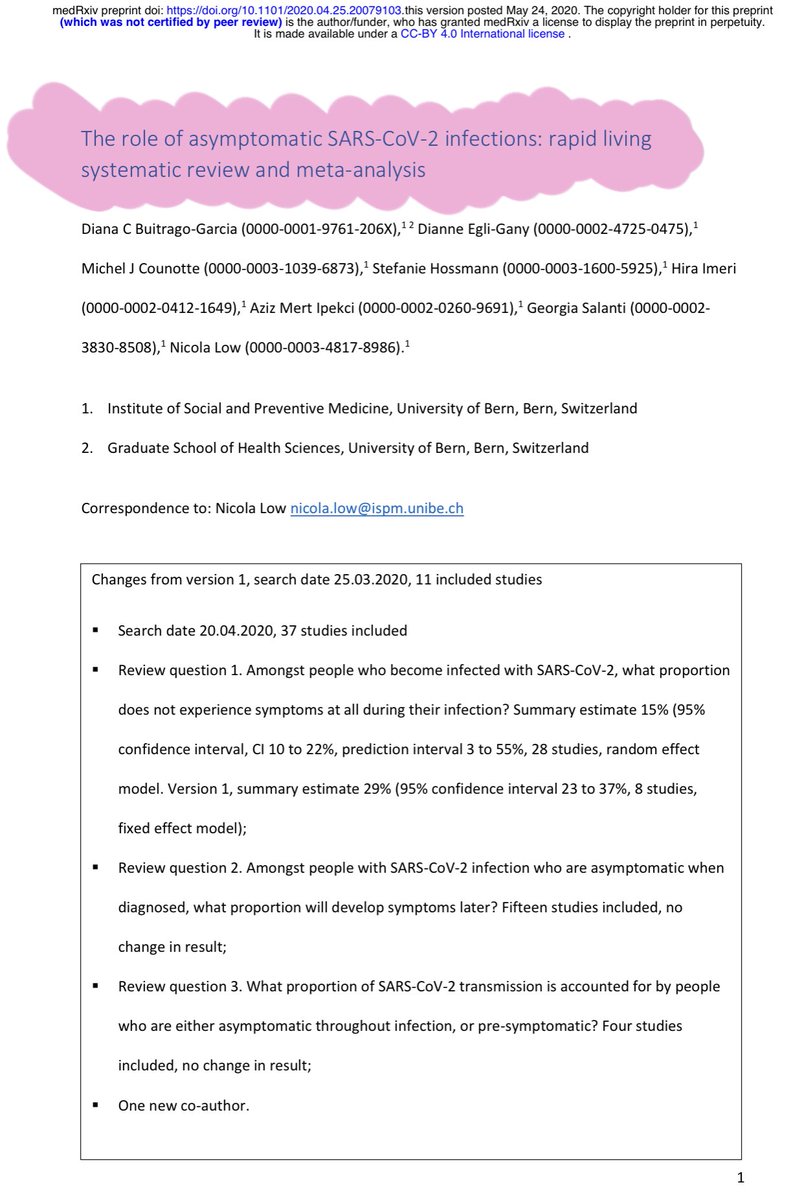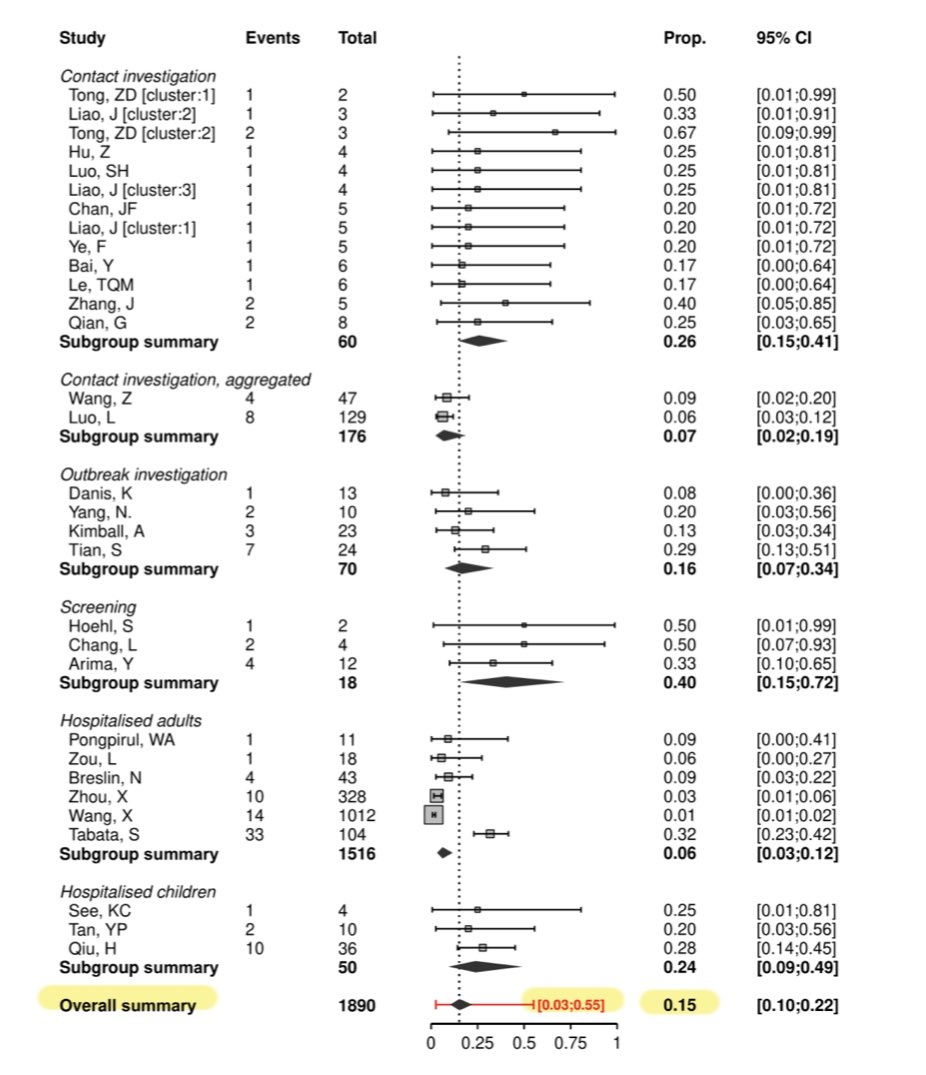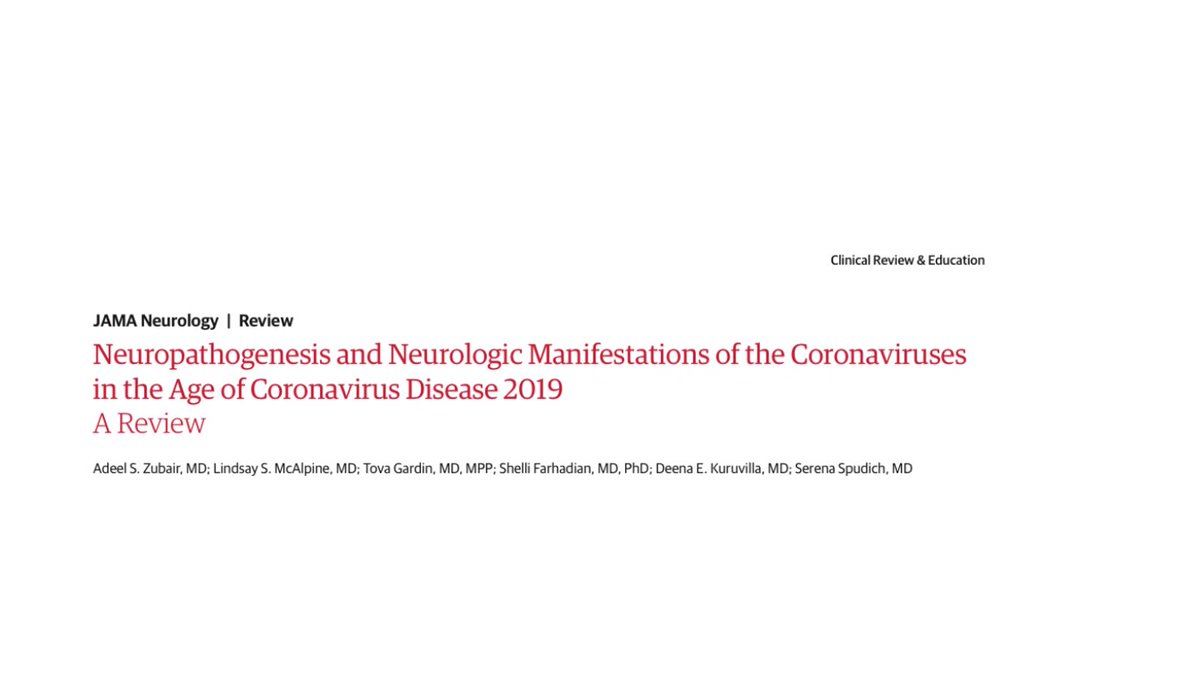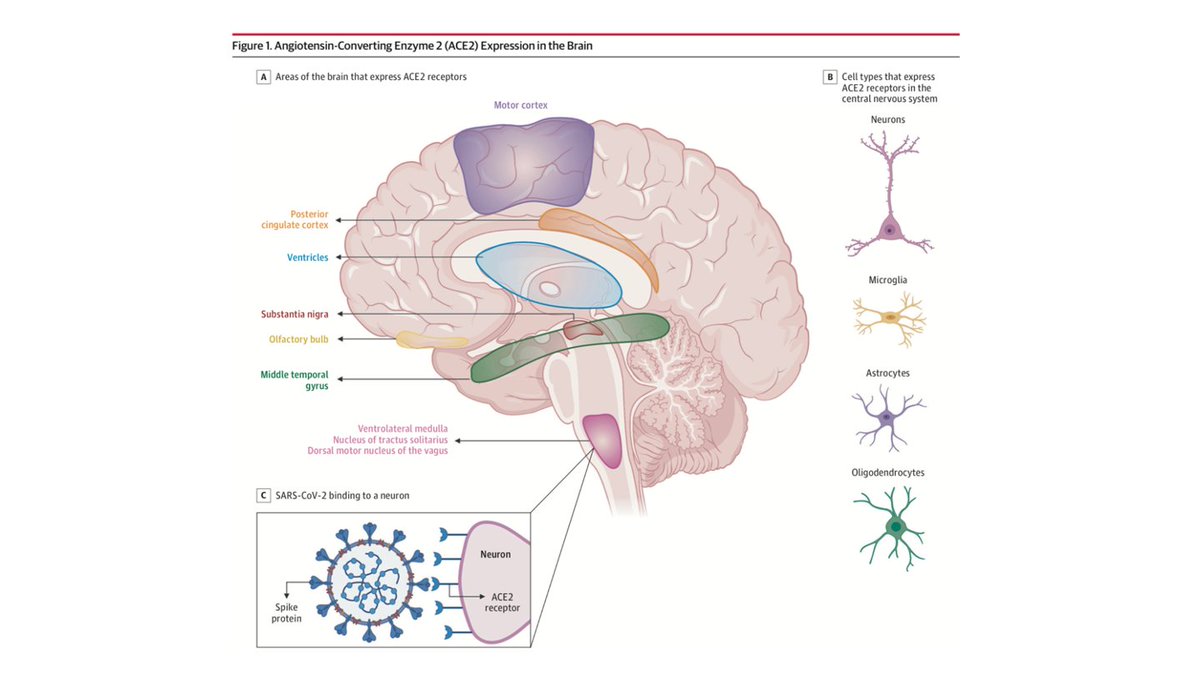
How a former Secretary of Defense will turn your kid into a genius problem-solver.
Thread 🧵 (1/11)
Thread 🧵 (1/11)
(2/11) In a 2002 news briefing about the lack of evidence linking [[Iraq]] to the supply of [[weapons of mass destruction]] to terrorist groups, former secretary of defense, [[Donald Rumsfeld]], coined a famous expression...
(3/11) Here's what he said: {{[[video]]: }}
(4/11) According to Rumsfeld there are three types of knowledge–the known knowns, the known unknowns, and the unknown unknowns. Let's forget about the known knowns, for a while and focus on the unknowns! 

(5/11) The known unknowns are the stuff we know the questions to but not the answers. There are several ways in which one can go about finding answers to known questions: Google, experts, experiments, books etc. Finding answers has become quite trivial these days. 

(6/11) In the olden days it was enough to just know answers. If you were in possession of the answers to common and important questions (e.g. medical, legal, financial), you were in high demand.
(7/11) But that's changing rapidly. With Google and the advent of [[artificial intelligence]], answers will become commodities. Rely on your ability to suck up and regurgitate knowledge (i.e., give answers) and you'll soon be obsolete.
(8/11) That brings us to the unknown unknowns. What would be some examples: A threat that we're not even aware of. An "unforeseeable" future development. An as of yet undiscovered disease etc. This is where we don't know the questions and, thus, can't know the answers. 

(9/11) The goal in the realm of the unknown unknowns is to find the right questions. Once we've identified a question, the problem moves into the realm of the known unknowns, and the answer will be found eventually (sooner rather than later).
(10/11) The unknown unknowns is where most of our opportunities (and threats) reside. Finding the right questions is hard, even for computers, it requires creativity, out-of-the-box thinking. Asking the right questions is THE critical skill of the future.
(11/11) Most of our schools and universities still teach our kids and students how to come up with answers when they should be teaching them how to find great questions. [[@anafabrega11]]
@Threadreaderapp unroll
• • •
Missing some Tweet in this thread? You can try to
force a refresh















